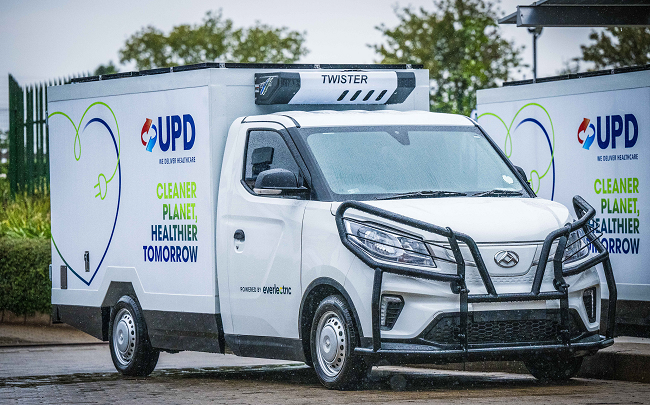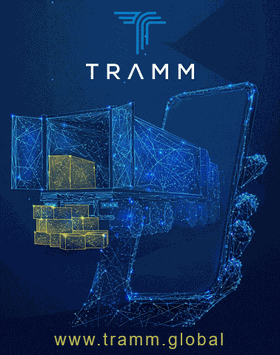South Africa’s commercial electric vehicle (EV) transition will be won by practical economics, reliable charging infrastructure, and real-world performance data. If a vehicle can complete the same route at the same service levels and spend less per kilometre, adoption tends to follow.

Fleet operators must start where the savings are clear. When businesses model daily distances and stops, they often see that many routes are already short enough for EVs to cut operating costs. The fixed nature of depot-to-store and last-mile delivery loops works in EVs’ favour.
The hesitation in boardrooms centres on three questions that come up in every discussion. Is the vehicle affordable if it sits on my balance sheet? Where will I charge, and do I have enough range? Will my operation keep pace on busy days? When those questions are answered with evidence from the operator’s own data, the conversation shifts quickly to EV adoption.
The EV-as-a-Service model simplifies this process. By leasing vehicles, managing charging, and connecting telematics, companies can test the full business case within their own networks before committing to long-term transitions.
The infrastructure advantage
South Africa may trail Europe on private EV adoption, but the commercial gap is narrowing because fleets charge at depots on repeatable routes. Behind-the-fence charging reduces queue risk and removes tariff surprises. It also integrates with rooftop solar that many logistics sites already have.
However, the simplest way to build confidence is to test on the road. After gathering route, fuel, and kilometre data, run duty-cycle simulations to identify vehicles that are ready to electrify. A short proof-of-concept follows, with temporary chargers and live telematics, while watching energy use, turnaround times, and driver behaviour in their own environment.
Public charging, when needed, should be invisible to the driver. Roaming agreements and back-end authentication turn a top-up into a routine instruction.
Many companies begin with one or two vehicles. A year later, after the numbers and uptime have been validated on real routes, they return for dozens of routes. The shift is gradual, then sudden. Route-by-route, the proportion of work that clears the economic threshold increases as familiarity grows and more fit-for-purpose models enter the market.

A policy-friendly environment
Additionally, policy is beginning to support this trajectory. South Africa’s New Energy Vehicle framework introduces a 150% investment allowance for producers of electric and hydrogen-powered vehicles from March 2026. It is not a retail purchase incentive, but localisation can lower acquisition costs over time and pull the total cost of ownership toward parity without subsidies. When vehicle prices move in the right direction, the economics on qualifying routes do the heavy lifting.
Signals of momentum are visible across the value chain. GreenCape’s 2024 Market Intelligence Report shows rising investment interest across the EV value chain, from charging to services. Aggressively priced Chinese models, like the BYD Dolphin Surf, are already bringing acquisition costs down to levels competitive with those of internal combustion vehicles. This is a pivotal moment for fleet buyers managing mixed vehicle pools.
Skills development
There is also a human layer to this transition. South Africa needs more high-voltage technicians, energy-aware planners, and EV-literate curricula in technical colleges. We are cross-skilling within our ecosystem, but industry and education will need to move together to capture the full employment and industrial benefits that new energy vehicles can bring.
For fleet operators, it is now a case of starting small, measuring everything that matters, and scaling what pays. They need to treat charging as operational infrastructure and build data confidence with telematics and route-level reporting. If the maths works and the service levels are good, the decision is a logical step towards a more efficient fleet network.
by: Ndia Magadagela, CEO and co-founder, Everlectric






